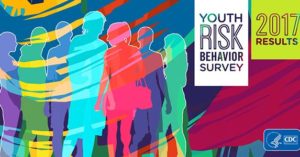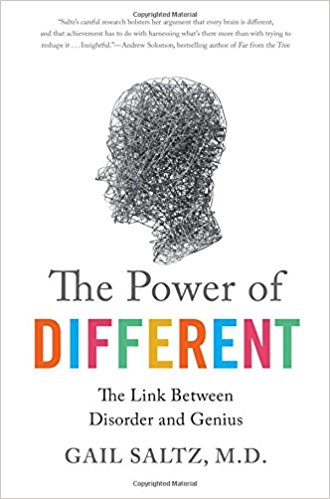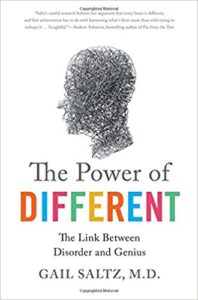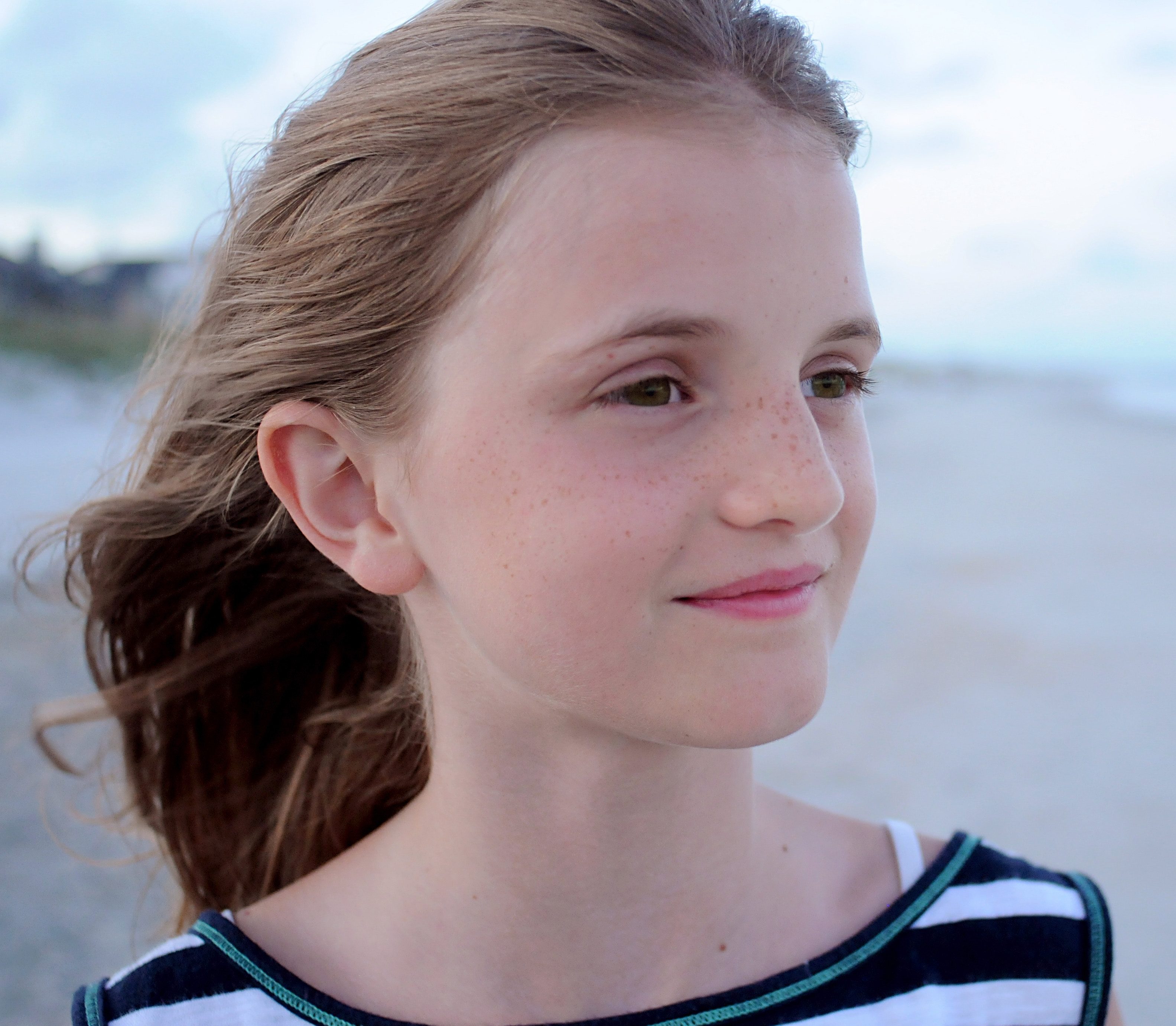CDC Releases Youth Risk Behavior Survey Results and Trends Report
 The CDC’s Youth Risk Behavior Surveillance System (YRBSS) monitors priority health behaviors and experiences among high school students across the country. The Youth Risk Behavior Survey (YRBS) results help in understanding the factors that contribute to the leading causes of illness, death and disability among youth and young adults. Read more ›
The CDC’s Youth Risk Behavior Surveillance System (YRBSS) monitors priority health behaviors and experiences among high school students across the country. The Youth Risk Behavior Survey (YRBS) results help in understanding the factors that contribute to the leading causes of illness, death and disability among youth and young adults. Read more ›


 How many words does a typical 18-month-old child speak? Does speaking more than one language to a child confuse her or delay language development? Test your knowledge about speech and language development in young children with this 10-question quiz developed by CHC’s speech and language pathology (SLP) team.
How many words does a typical 18-month-old child speak? Does speaking more than one language to a child confuse her or delay language development? Test your knowledge about speech and language development in young children with this 10-question quiz developed by CHC’s speech and language pathology (SLP) team. 
 When you have depression or anxiety, exercise often seems like the last thing you want to do. But once you get motivated, exercise can make a big difference.
When you have depression or anxiety, exercise often seems like the last thing you want to do. But once you get motivated, exercise can make a big difference. 
 Suicide rates have increased in nearly every state over the past two decades, and half of the states have seen suicide rates go up more than 30 percent.
Suicide rates have increased in nearly every state over the past two decades, and half of the states have seen suicide rates go up more than 30 percent.
 There are numerous examples of people with learning disabilities and mental health disorders doing extraordinary things: the child on the autism spectrum who is masterful at putting together incredibly intricate Lego creations, the young person with Asperger’s syndrome who knows more about presidential history than most adults, the child with dyslexia who is a master chef in the kitchen.
There are numerous examples of people with learning disabilities and mental health disorders doing extraordinary things: the child on the autism spectrum who is masterful at putting together incredibly intricate Lego creations, the young person with Asperger’s syndrome who knows more about presidential history than most adults, the child with dyslexia who is a master chef in the kitchen.


 The more curious the child, the more likely he or she may be to perform better in school — regardless of economic background — suggests
The more curious the child, the more likely he or she may be to perform better in school — regardless of economic background — suggests 
 Kidsdata.org
Kidsdata.org


 About 1 in 59 eight -year-old children in 11 communities across the United States were identified as having autism in 2014, according the
About 1 in 59 eight -year-old children in 11 communities across the United States were identified as having autism in 2014, according the 

